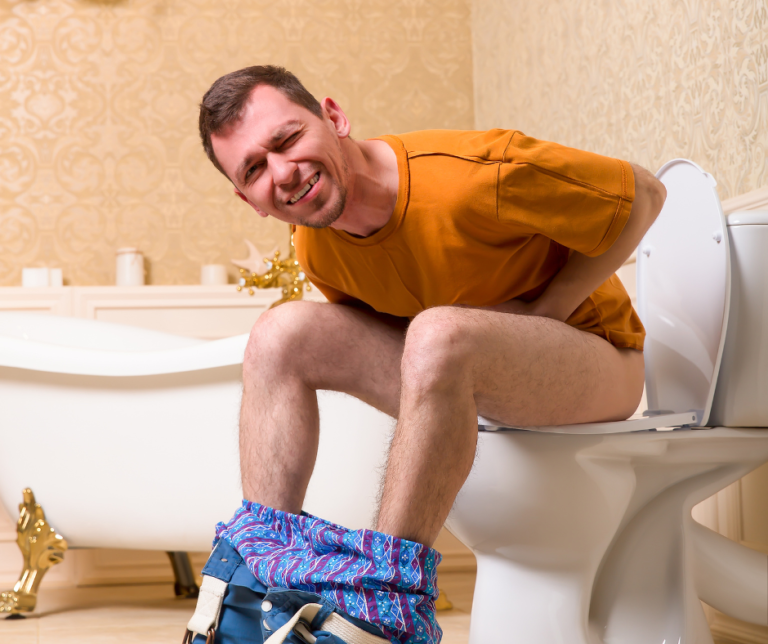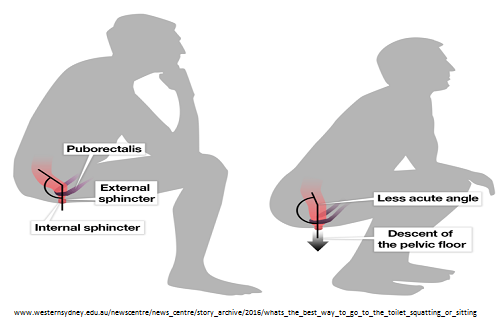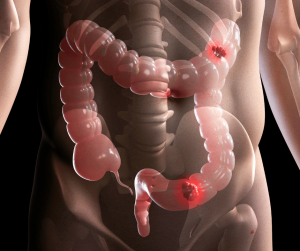
Poop & Weight Loss/Gain: How Your Bowel Health Impacts Your Scale
Your scale isn’t measuring fat — it’s measuring what your gut hasn’t let go of. Hidden stool retention, slow motility, and gut bacteria can quietly

Home » The Benefits of Raising Your Knees While Using the Bathroom: Improving Your Health, One Position at a Time
The bathroom is a space where we spend a significant amount of time each day, but have you ever considered the position you use while sitting on the toilet? In this blog post, we will explore the benefits of raising your knees while using the bathroom and how it can positively impact your health and well-being.
To understand the benefits of raising your knees, let’s first examine the traditional sitting position on a toilet. Typically, we sit with our feet flat on the ground, forming a 90-degree angle at the knees. However, this position may not be optimal for our bodies.
In contrast, the natural squatting position aligns the body in a way that promotes better bowel movements and overall digestive health. By raising your knees, you bring your body closer to a squatting position, allowing for a more efficient elimination process.

When you raise your knees while using the bathroom, several anatomical changes occur. This position straightens the rectum, allowing for a more unobstructed passage of waste. It can also help relieve common issues like constipation and bloating, promoting healthier digestion.
The raised knee position aligns the colon and rectum in a way that facilitates smoother bowel movements. By eliminating the need to strain, this posture can reduce the risk of hemorrhoids and other discomforts associated with pushing during bathroom visits.
Raising your knees can also benefit individuals with urinary issues. By assuming this position, you create a more natural alignment for the bladder, facilitating better emptying. This can be particularly helpful for individuals with urinary retention or weak bladder muscles, leading to a more satisfying bathroom experience.
The pelvic floor muscles play a crucial role in maintaining urinary and bowel control. Raising your knees while using the bathroom can alleviate stress on the pelvic floor, potentially reducing the risk of pelvic floor disorders like prolapse or incontinence. This position can also aid in postpartum recovery.

To adopt the raised knee position, various methods are available. One popular option is using a squatting stool. These specially designed stools help elevate your feet, creating a squat-like position while sitting on the toilet. They are adjustable and can be easily incorporated into your bathroom routine.
If a squatting stool is not readily accessible, alternative techniques can be used. For example, using a footstool or yoga blocks can help elevate your feet and achieve a similar effect.
While transitioning to the raised knee position, it’s important to do so gradually. Start by incorporating this technique for shorter durations and gradually increase the time spent in this position. This allows your body to adapt and avoids any discomfort or strain.
Maintaining proper posture while raising your knees is crucial. Remember to keep your back upright, and avoid slouching or leaning forward excessively. This ensures proper balance and stability during bathroom visits.

Raising your knees while using the bathroom can have numerous benefits for your health and well-being. By improving digestion, easing bowel movements, reducing urinary issues, and enhancing pelvic floor health, this simple adjustment in positioning can have a significant positive impact on your overall well-being.
Consider incorporating a squatting stool or alternative methods to raise your knees into your bathroom routine. Start with small steps, gradually increasing the duration, and always maintain proper posture. Your body will thank you for this mindful adjustment, leading to improved health and a more satisfying bathroom experience.
Remember, the path to better health begins with simple changes, even in unexpected places like the bathroom. So, why not give raising your knees a try? Your body will appreciate the shift, and you’ll reap the rewards of improved well-being, one position at a time.

Your scale isn’t measuring fat — it’s measuring what your gut hasn’t let go of. Hidden stool retention, slow motility, and gut bacteria can quietly

Your poop is a real-time report card on your gut health—and most people are ignoring it. From color changes to weird shapes to the clues

Wheat isn’t the villain—it’s the kind of wheat that’s wrecking your gut. From ancient grains to modern hybrids, discover how today’s wheat triggers inflammation, worsens

Your gut isn’t just digesting food—it’s controlling your hunger, energy, and even how fast you burn fat. Inside you is a powerful hormone called GLP-1,

Happy Poops.
What about your friends?